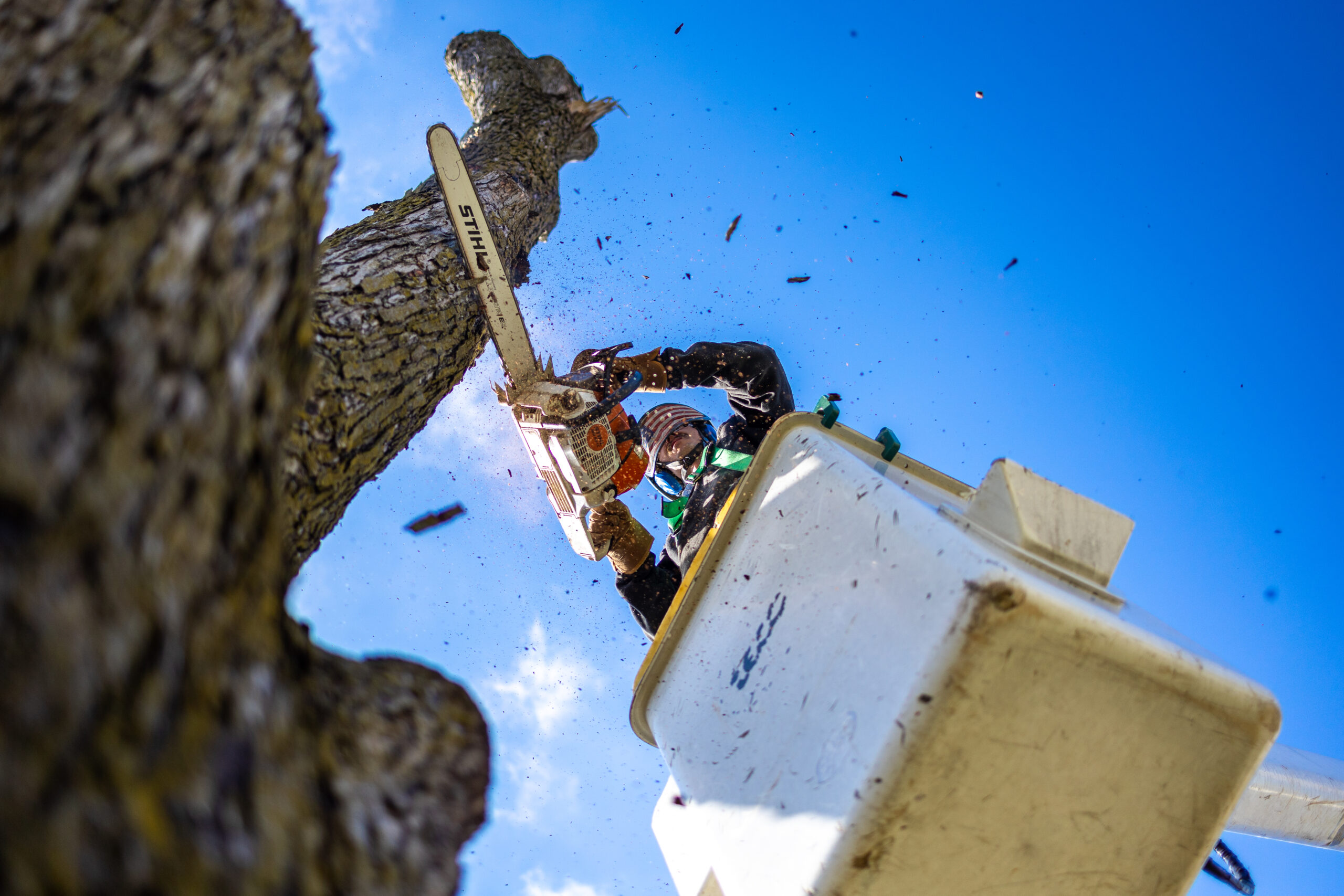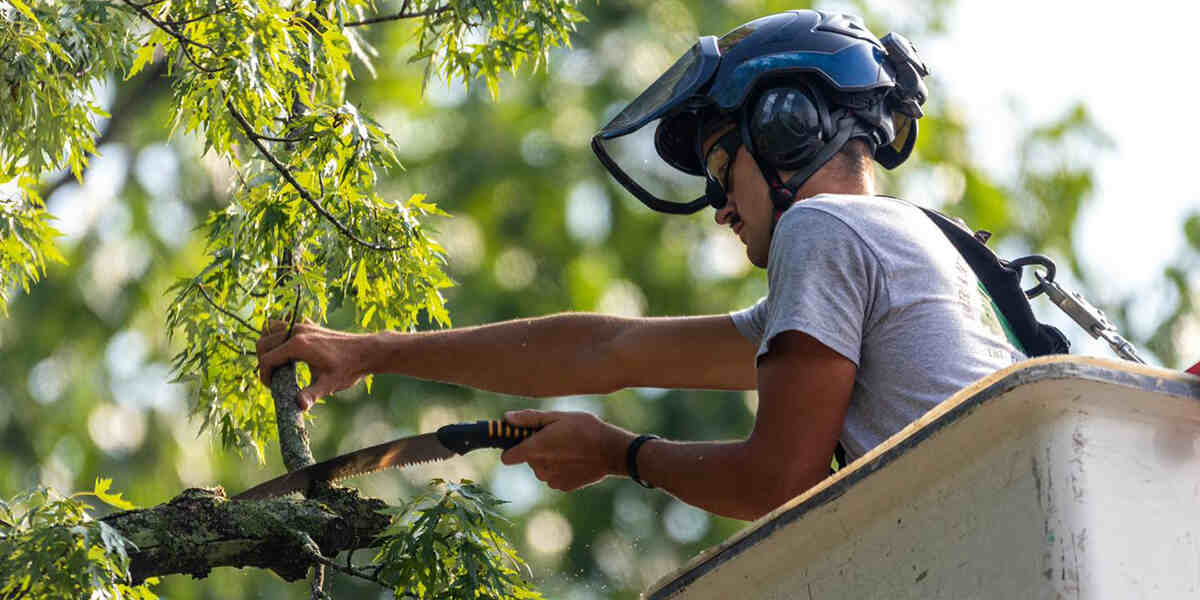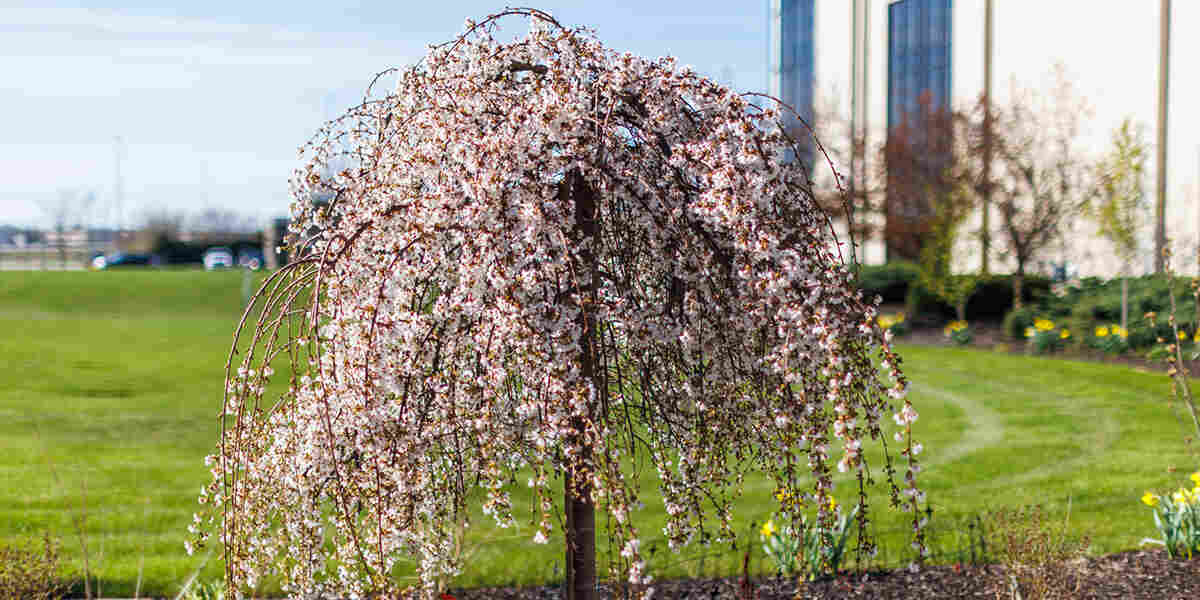When it comes to our trees, deciding between removal and preservation is a pivotal moment. Trees provide countless benefits, including shade, oxygen, and aesthetic beauty. However, various factors can tip the scales towards removal. In this article, we’ll delve into the intricacies of Tree Removal vs. Tree Preservation: When to Make the Tough Decision.
The Value of Trees
Trees are the lungs of our planet, producing oxygen and filtering pollutants from the air. They provide shade, reduce energy costs, and enhance property values. Their presence in urban areas can also have a positive impact on mental health. However, trees can become liabilities under certain circumstances.
Signs of Trouble
- Identifying signs of disease or infestation.
- Evaluating structural integrity.
- Assessing proximity to structures and power lines.
- Make sure to check with your local arborist
Factors Influencing the Decision
Health and Safety
- Ensuring the safety of people and property.
- Preventing the spread of disease or pests to other trees.
Environmental Considerations
- Impact on local ecosystems.
- Biodiversity preservation.
Aesthetic Value
- Balancing aesthetics with safety concerns.
- Maintaining the visual appeal of your landscape.
Tree Preservation Techniques
Pruning and Maintenance
- Regular pruning to remove dead or diseased branches.
- Promoting healthy growth through proper care.
- Need help pruning? Click Here
Fertilization and Soil Management
- Enhancing soil nutrients for tree vitality.
- Mitigating soil compaction.
Pest and Disease Management
- Identifying and treating tree ailments.
- Preventing future infestations.
Cable Bracing
- Cables can help support the tree when there are high winds.
- Extending the lifespan of valuable trees.
Tree Transplanting
- Relocating trees to a more suitable location.
- Preserving mature trees during construction projects.

Environmental Benefits of Tree Preservation
Carbon Sequestration
- Trees absorb and store carbon dioxide, mitigating climate change.
- Enhancing the overall air quality in your vicinity.
- Learn more here
Wildlife Habitat
- Trees provide homes and food for various wildlife species.
- Supporting biodiversity in urban and suburban areas.
Cost Factors in Tree Removal
Tree Size and Location
- Larger trees or those in hard-to-reach areas may incur higher removal costs.
- Urban settings often involve more complex removal processes.
Stump Removal
- Deciding whether to remove the stump or leave it in place.
- Additional costs associated with stump grinding or removal.
Professional Consultation
Importance of Expert Advice
- Seeking guidance from certified arborists.
- Evaluating options with professional input.
Tree Risk Assessment
- Conducting thorough risk assessments.
- Implementing recommendations to reduce hazards.
FAQs
What are some common signs that a tree may need removal?
- Trees showing signs of severe decay or structural instability may pose risks to nearby targets, indicating the need for evaluating whether removing a tree is necessary.
Can a diseased tree be saved through preservation techniques?
- In some cases, yes. Prompt intervention with proper care and treatments can help save a diseased tree.
How can I assess the safety of a tree near my home?
- Hire a certified arborist to conduct a tree risk assessment, evaluating potential hazards and recommending necessary actions.
Are there environmental benefits to tree preservation?
- Yes, preserving trees contributes to local biodiversity and helps maintain a healthy ecosystem.
What is the cost difference between tree removal and preservation?
- Costs vary depending on factors like tree size, location, and the extent of necessary work. Preservation may be more cost-effective in some cases.
Can I remove a tree on my own?
- It is not recommended to attempt tree removal without professional expertise. Safety and proper technique are crucial. Call us to help decide!



